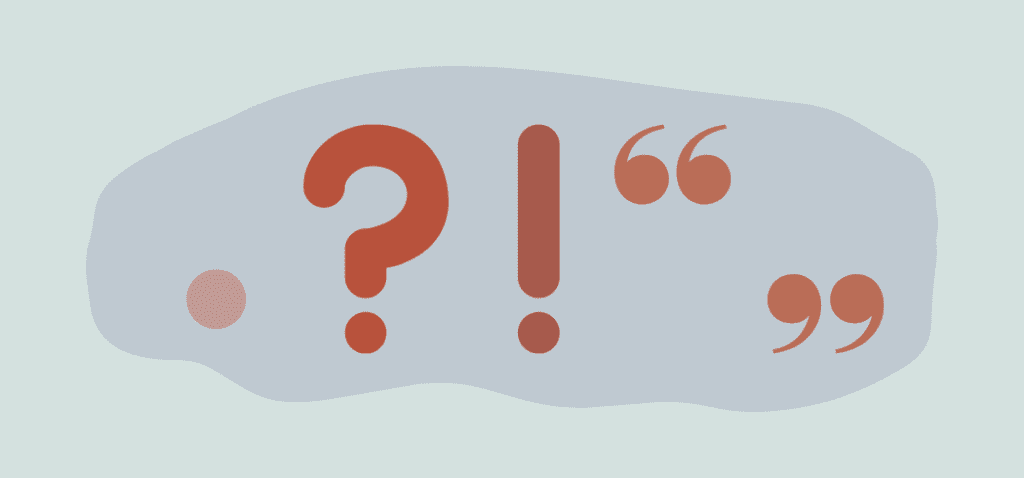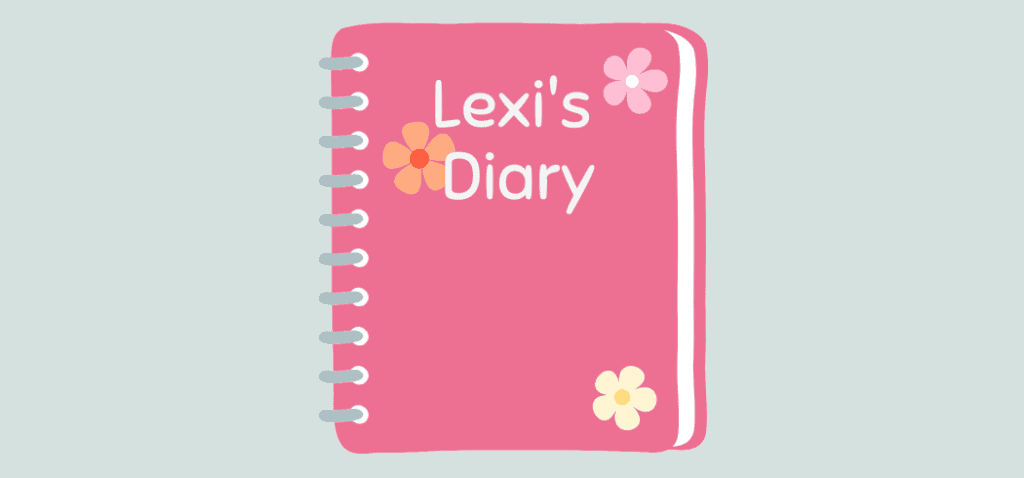Basic language rules are taught to all emerging English language learners, and most students already have a good grasp of punctuation before moving into a higher level of language learning. More advanced writing and the development of writers’ voices call for a better understanding of how to organize complex sentence structures.
Convincing my students to take that plunge and attempt more difficult sentences does take some effort, but a good review of basic grammar rules generally helps. So does showing them how poor punctuation leads to confusing sentences and a misunderstanding of their own work.
Why We Use Punctuation

The English language and all its rules can create ambiguous sentences for emerging writers, and it is easy to become overwhelmed or even lazy when it comes to making sure your punctuation is correct. After all, what does it matter if you overuse a comma or misplace an apostrophe?
Actually, it matters a lot.
Punctuation adds precision and clarity to your writing and is essential to the meaning of written language. A misplaced end mark, misuse of a comma, or ignoring quotation marks can be the difference between a confused reader or even an accusation of plagiarism.
When you communicate through writing, you want your reader to understand what it is you are conveying. Punctuation provides structure to your words and highlights the tone you are taking to convince your audience of your message.
Your writing is often the first impression your audience receives of you, whether it be for a job, college application, or award. Making sure you present yourself through your writing in an accurate and presentable way is very much dependent upon your use of grammar and punctuation.
The Importance of Punctuation with Examples
Avoid confusing sentences with a review of some basic punctuation rules that will help clarify your sentences.
End Marks: Avoid Run-Ons and Fragments
Periods, question marks, and exclamation points are all end marks and indicate the end of a complete sentence. Without them, your sentences will run together, and so will your subjects and ideas. If they are used too often, your sentences will be incomplete and won’t make sense.
Declarative and Imperative sentences mostly end with a period. Question marks are used for interrogatory (questioning) sentences, and exclamation points are used for exclamatory (emotional) sentences.
For example:
- Please go to the store for me after work.
- Did you learn that from the blog post?
- Wow! Now I can’t wait until summer!
Commas: Combine Sentences, Introduce Phrases, and Separate Items in Lists
Commas are commonly misused despite the very straightforward comma rules that exist. When ignored or put in the wrong place, you could change the entire meaning of the sentence.
One of the most important rules of commas use is to join together independent clauses to form compound sentences. The comma is placed before the coordinating conjunction.
For example:
- Tomorrow is an important day for me, and I want to make sure I get enough sleep tonight.
Commas are also used after an introductory clause or long prepositional phrase. The part of the sentence that follows the comma is necessary for the understanding of the sentence.
For example:
- After the sun sets this evening, I want you to ensure all the gates are latched before coming in for dinner.
Without commas, your list of words, phrases, or clauses would all jumble together and be confusing to your reader. Use commas to separate items in a list and provide parallel sentence structure.
For example:
- I have a long morning in front of me since I have to put in grades, post lessons, and make it to a meeting before 8 am.
Commas offset interrupting information as well. Use them to enclose detailed information when it interrupts an independent clause.
For example:
- All of my students, including last year’s class, will be coming to the spring Field Day events.
Apostrophes: Show Ownership and Create Contractions

An apostrophe is added to a word to indicate the singular possession or ownership of something by that word. If the apostrophe is placed after the -s of a plural word, it indicates that more than one thing owns the same object or item.
Misuse of the apostrophe commonly occurs when people try to make a word plural with its use, confusing readers into thinking something is owned.
For example:
- I need you to pick up Dave’s new shirts so he can wear one of them tomorrow.
- The students’ new books came in yesterday, and I will pass them out during the homeroom period.
Apostrophes also indicate the omission of a letter when forming contractions.
For example:
- We are = we’re
- It is = it’s
Semicolons: Separate Related Independent Clauses and Separate Items in Lists
Semicolons are easy to use yet are often forgotten about altogether or used incorrectly. When misused in list separation, it can lead to confusion and a misinterpretation of the items you are trying to order.
Semicolons work to separate two complete sentences without the use of a conjunction.
For example:
- This summer went by way too fast; we weren’t ready for school to get started again.
Semicolons also are used to separate clauses and phrases that may already be punctuated.
For example:
- We went on a road trip this summer, stopping in Michigan, where we went sailing; Tennessee, where we went ziplining; and Florida, where we visited family.
Quotations: Indicate Direct Quotes
If you are quoting directly from another source, you must provide a reference to indicate that the words are not yours. If you leave out quotation marks, you are claiming the words as your own and could be accused of plagiarism.
Place quotation marks around all direct quotes taken from text and speech.
For example:
- In this day of age, I think of Gandhi’s words, “You must be the change you wish to see in the world.”
Parentheses: Offset Nonessential Information
Parentheses offset nonessential information from a complete sentence. When used incorrectly, that can indicate that the information is more important than it actually is. The text contained within parentheses should provide detail but not change the meaning of the sentence.
For example:
- The weather forecast is calling for cloudy weather this week (after a long hot summer), and the cooldown will be most welcome.
Let’s Review
Using proper punctuation is important if you want your writing to be understood and taken seriously. Writing develops with practice, and applying the rules of grammar, punctuation, and basic conventions is a necessity when you have a point to make.
Often, your writing may be the first impression you give to a potential employer or educational recruiter. Making sure the information you have to share is clear and concise to your reader is important, so be sure to proofread and correct your writing for punctuation.
